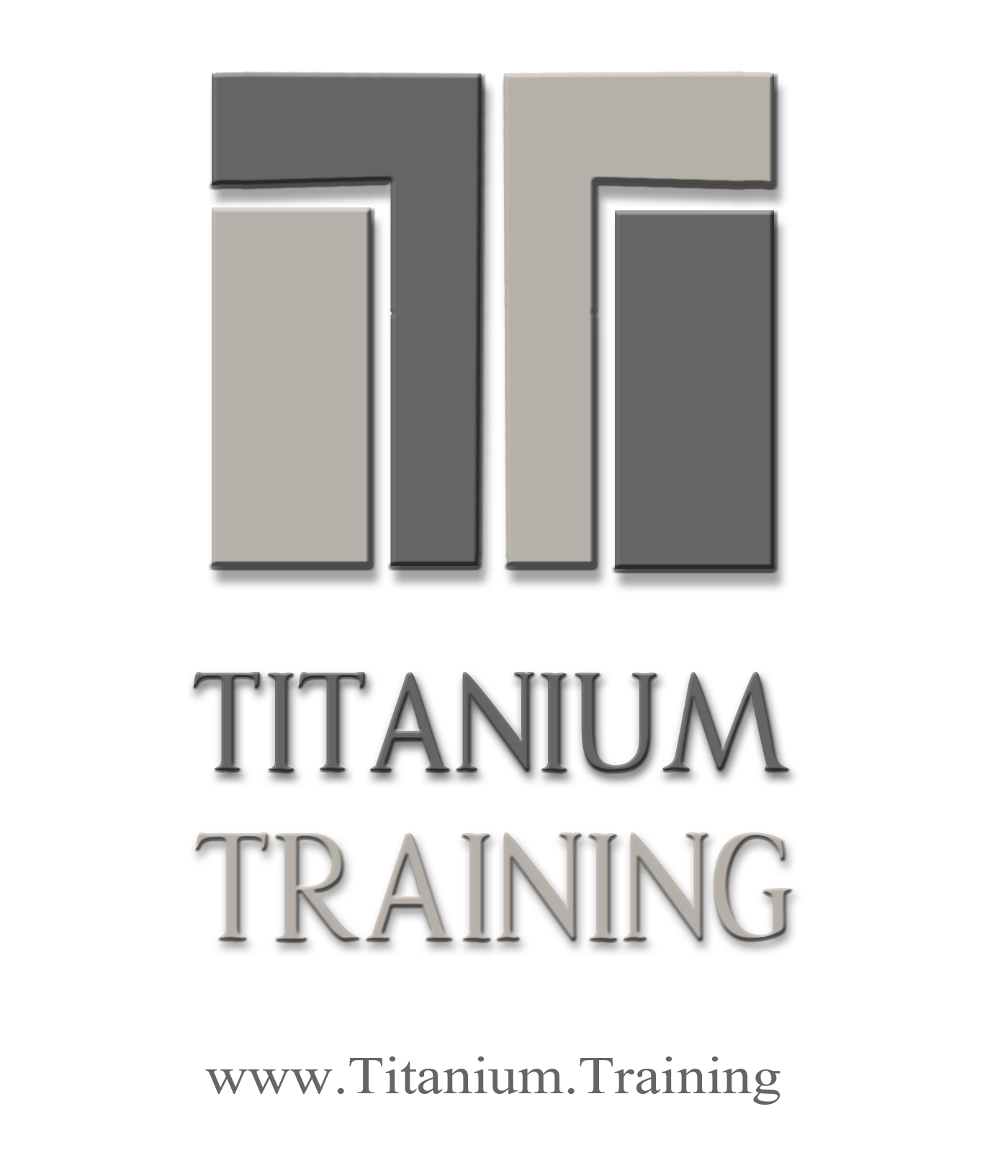Description
£811.00
The Cloud Computing Security Knowledge class provides students thorough coverage of cloud security fundamentals and prepares them to take the Cloud Security Alliance CCSK certification exam. The course begins with a detailed description of cloud computing and then expands into all major domains such as; Governance and Risk Management, the Cloud Architectural Framework and Business Continuity/Disaster Recovery
Description
About this course
The Cloud Computing Security Knowledge class provides students thorough coverage of cloud security fundamentals and prepares them to take the Cloud Security Alliance CCSK certification exam. The course begins with a detailed description of cloud computing and then expands into all major domains such as; Governance and Risk Management, the Cloud Architectural Framework and Business Continuity/Disaster Recovery
Learning Outcome:
Upon completing this course, the students will be experts in the following topics:
- Pass the CCSK Exam
- Understanding cloud computing security challenges
- Cloud computing security controls recommendation
- Elasticity, Resiliency and Measured Usage
- Understand the cloud computing architectural framework
Training Solution Breakdown:
- Intuitive and rewarding online training resources
- Comprehensive Freephone or email support
- 24/7 access to training materials
- Study anytime, anywhere in a world for a flexible learning experience
- 12 months (one year) unrestricted access
- Access to online training options
- Progress reviews & comprehensive assessments to ensure efficient understanding of course content
- Career advice and CV support once training has been completed
Buy this course today and take control of your career and enhance your prospects.
Cloud Computing Breakdown
-
1: Architecture
- NIST Definitions
- Essential Characteristics
- Service Models
- Deployment Models
- Multi-Tenancy
- CSA Cloud Reference Model
- Jericho Cloud Cube Model
- Cloud Security Reference Model
- Cloud Service Brokers
- Service Level Agreements
-
2: Governance and Enterprise Risk Management
- Contractual Security Requirements
- Enterprise and Information Risk Management
- Third Party Management Recommendations
- Supply chain examination
- Use of Cost Savings for Cloud
-
3: Legal Issues: Contracts and Electronic Discovery
- Consideration of cloud-related issues in three dimensions
- eDiscovery considerations
- Jurisdictions and data locations
- Liability for activities of subcontractors
- Due diligence responsibility
- Federal Rules of Civil Procedure and electronically stored information
- Metadata
- Litigation hold
-
4: Compliance and Audit Management
- Definition of Compliance
- Right to audit
- Compliance impact on cloud contracts
- Audit scope and compliance scope
- Compliance analysis requirements
- Auditor requirements
-
5: Information Management and Data Security
- Six phases of the Data Security Lifecycle and their key elements
- Volume storage
- Object storage
- Logical vs physical locations of data
- Three valid options for protecting data
- Data Loss Prevention
- Course Syllabus
- Detection Data Migration to the Cloud
- Encryption in IaaS, PaaS & SaaS
- Database Activity Monitoring and File Activity Monitoring
- Data Backup
- Data Dispersion
- Data Fragmentation
-
6: Interoperability and Portability
- Definitions of Portability and Interoperability
- Virtualization impacts on Portability and Interoperability
- SAML and WS-Security
- Size of Data Sets
- Lock-In considerations by IaaS, PaaS & SaaS delivery models
- Mitigating hardware compatibility issues
-
7: Traditional Security, Business Continuity, and Disaster Recovery
- Four D’s of perimeter security
- Cloud backup and disaster recovery services
- Customer due diligence related to BCM/DR
- Business Continuity Management/Disaster Recovery due diligence
- Restoration Plan
- Physical location of cloud provider
-
8: Data Center Operations
- Relation to Cloud Controls Matrix
- Queries run by data center operators
- Technical aspects of a Provider’s data center operations for customers
- Logging and report generation in multi-site clouds
-
9: Incident Response
- Factor allowing for more efficient and effective containment and recovery in a cloud
- Main data source for detection and analysis of an incident
- Investigating and containing an incident in an Infrastructure as a Service environment
- Reducing the occurrence of application level incidents
- How often should incident response testing occur
- Offline analysis of potential incidents
-
10: Application Security
- Identity, entitlement, and access management (IdEA)
- SDLC impact and implications
- Differences in S-P-I models
- Consideration when performing a remote vulnerability test of a cloud-based application
- Categories of security monitoring for applications
- Entitlement matrix
-
11: Encryption and Key Management
- Adequate encryption protection of data in the cloud
- Key management best practices, location of keys, keys per user
- Relationship to tokenization, masking, anonymization and cloud database controls
-
12: Identity, Entitlement, and Access Management
- Relationship between identities and attributes
- Identity Federation
- Relationship between Policy Decision Point (PDP) and Policy Enforcement Point (PEP)
- SAML and WS-Federation
- Provisioning and authoritative sources
-
13: Virtualization
- Security concerns for hypervisor architecture
- VM guest hardening, blind spots, VM Sprawl, data comingling, instant-on gaps
- In-Motion VM characteristics that can create a serious complexity for audits
- How can virtual machine communications bypass network security controls
- VM attack surfaces
- Compartmentalization of VMs
-
14: Security as a Service
- 10 categories
- Barriers to developing full confidence in security as a service (SECaaS)
- Deployment of Security as a Service in a regulated industry prior SLA
- Logging and reporting implications
- How can web security as a service be deployed
- What measures do Security as a Service providers take to earn the trust of their customers
- ENISA Cloud Computing: Benefits, Risks and Recommendations for Information Security
- Isolation failure
- Economic Denial of Service
- Licensing Risks
- VM hopping
- Five key legal issues common across all scenarios
- Top security risks in ENISA research
- OVF
- Underlying vulnerability in Loss of Governance
- User provisioning vulnerability
- Risk concerns of a cloud provider being acquired
- Security benefits of cloud
- Risks
- Data controller vs data processor definitions in Infrastructure as a Service (IaaS), who is responsible for guest systems monitor
For more information, contact one of our course advisors
No other books are necessary for this course.
For more information, contact one of our course advisors








